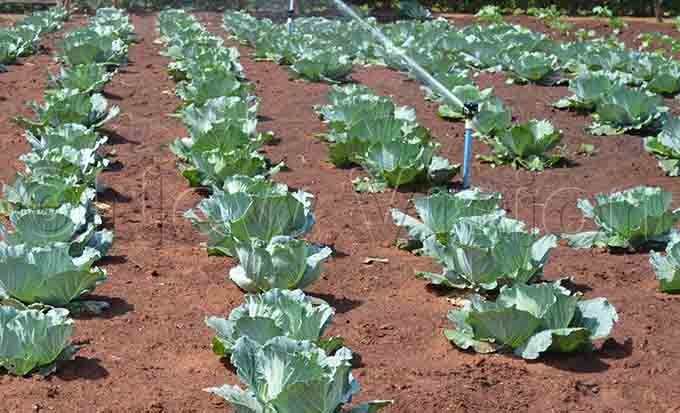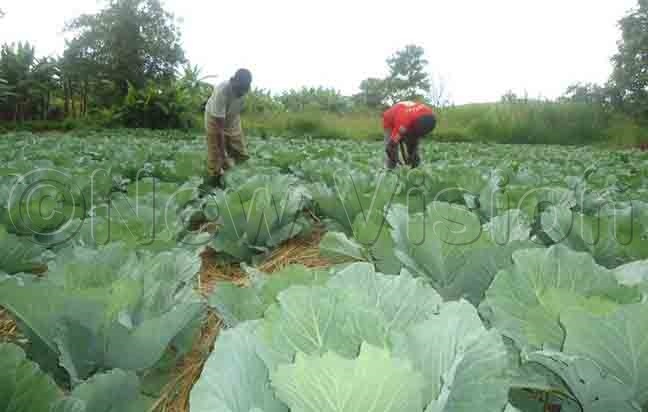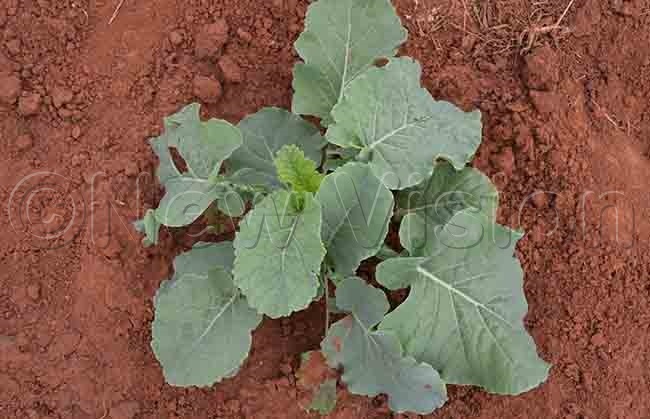How you can make money from cabbage growing
At the peak of the season, a medium-sized cabbage goes for between sh500 and sh1,000. However, during the dry season, the same goes for about sh1,500-sh2,500.
FARMING VEGETABLES AGRI-BUSINESS
Cabbages can fetch a lot of money if a farmer looks after them properly. According to vegetable farmer Badru Kyeyune, cabbages are an emerging money market both locally and regionally.
"We have a big market for cabbages. Cabbages can be eaten as a salad, boiled or mixed with another sauce. Cabbages can be grown in all areas that receive good rains. They can be grown in the central, west, north and most of the east," Kyeyune says.
At the peak of the season, a medium-sized cabbage goes for between sh500 and sh1,000. However, during the dry season, the same goes for about sh1,500-sh2,500. Since an acre takes around 20,000 cabbages, this makes it a good money-maker.
What it takes to grow cabbages
Despite its heat tolerance, the crop needs tender care for its proper growth. A nursery bed helps the cabbages to grow before they can be transplanted to the main garden.
Well-drained soil enhances quick germination within a period of five to seven days before transplanting.

Henry Sebuliba, an agronomist says the cabbage requires fairly well-drained, fertile loam soils with PH of 6-7. To know the PH, you need to carry out a soil test.
The land has to be broken down to ensure proper root improvement, aeration of the roots and irrigate take to a reasonable degree.
For best results, one needs to prepare the ground with organic materials to act as fertilisers before thinking of transplanting.
According to Sebuliba, manure is one of the essentials for proper growth in the nursery bed. Therefore, basal fertilisers such DAP, insecticide and fungicide give a healthy seed backed up with lighting with fine soils mulched with dry grass, before water is applied using a watering can. This should be done reasonably without flooding the seeds.

The seedlings are ready for transplanting within four weeks. Uproot the seedlings with roots. This ensures high chances of survival and better establishment in the main garden. Watering the seedlings one hour before transplanting moistures the soil for their survival
For purposes of pest and disease control, the cabbage ought to grow on land which has been free for the last two weeks.
Crop management
A close range of incorporate rotten farmyard manure, DAP, and TSP fertilisers ought to be used depending on the type of the soil.
For purposes of aeration of the soil, the field ought to be ploughed two-three weeks in advance, at least eight inches deep.

Harrowing the field two to three weeks later after ploughing prepares soil well. Keeping the field free from weeds reduces competition for light, space and nutrients, hence reducing pest and diseases infestation.
According to Kyeyune, cabbage diseases include black rot, blackleg, downey mildew and white rust. They attack both the leaves and roots; these are controlled by carrying out crop rotation, proper hygiene and use recommended fungicides.
Common pests include nematodes, cutworms, aphids, diamondback moth and thrips. These are managed with recommended insecticides.
Cabbage is ready for harvest when it is firm and fully-formed head weighing up between 4.5-5kg. These have to be harvested as soon as possible to avoid cracking of the heads.
Carry four wrapper leaves to keep cabbage fresh in the market. Proper care for the heads is important to avoid bruises so that a farmer is assured of a ready market.